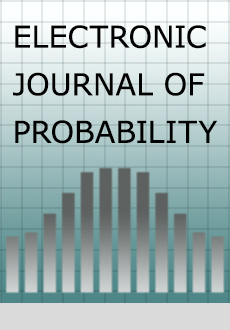Abstract
The genome of bacterial species is much more flexible than that of eukaryotes. Moreover, the distributed genome hypothesis for bacteria states that the total number of genes present in a bacterial population is greater than the genome of every single individual. The pangenome, i.e. the set of all genes of a bacterial species (or a sample), comprises the core genes which are present in all living individuals, and accessory genes, which are carried only by some individuals. In order to use accessory genes for adaptation to environmental forces, genes can be transferred horizontally between individuals. Here, we extend the infinitely many genes model from Baumdicker, Hess and Pfaffelhuber (2010) for horizontal gene transfer. We take a genealogical view and give a construction – called the Ancestral Gene Transfer Graph – of the joint genealogy of all genes in the pangenome. As application, we compute moments of several statistics (e.g. the number of differences between two individuals and the gene frequency spectrum) under the infinitely many genes model with horizontal gene transfer.
Citation
Franz Baumdicker. Peter Pfaffelhuber. "The infinitely many genes model with horizontal gene transfer." Electron. J. Probab. 19 1 - 27, 2014. https://doi.org/10.1214/EJP.v19-2642
Information





